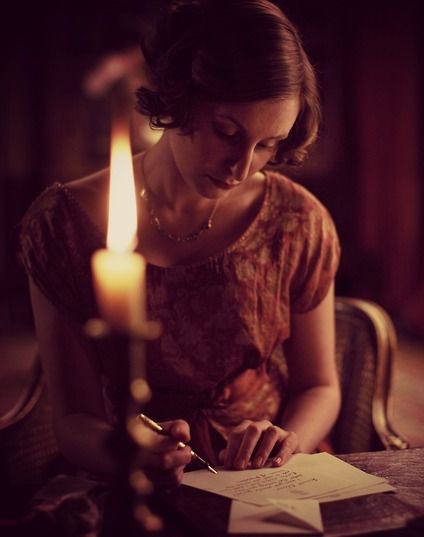“Princess Elizabeth of Austria, the daughter of the late Crown Prince, can't take outings with her mother, Princess Stephani, because, by the will of her father, she must always remain in the immediate neighborhood and under the eye of her grandfather, the Emperor.” — After Prince Rudolf's death, in a murder-suicide, Franz Joseph took over guardianship of Erzsi; by his order, she was forbidden to leave, not only the neighborhood, but Austria, with her mother. At a young age she displayed a strong personality, as well as an opposition to the Viennese court. She eventually became known as “The Red Archduchess” for her Socialist beliefs.
Royal “Goings On”
- The Empress Frederick has collected $125,000 for the new Children's hospital at Berlin.
- It is now definitely settled that Prince George is to open the Jamaica exhibition about Christmas time. The Emperor of China has sent the German Emperor a large box of playthings — little dragons and things—for his five littie sons.
- Princess Dolgorouki, the morganatic wife of the late Czar, has published her memoirs In Russia, and every available copy was seized immediately by the police.
- The Princess Louise, who for the past ten years has presided over on art school In Sloane street, London, West, is the first English woman to employ Irish needlewomen.
- Emperor William has contributed 10,000 marks toward the fund which is being collected for the purchase of the famous Sulkowski collection of bric-a-brac and curiosities.
- Prince Bismarck, seen striding recently through the groves of Friedrichsruhe park, was manifestly as sound in wind and limb as the toughest of his foresters or the hardiest of his keepers.
- The Prince of Wales is a great stickler for court etiquette. No one knows bettor the exact way in which every band and order and medal should be worn. He is very particular about good manners in Princes and Princesses.
- Princess Wilhelmina Montleart of Saxony, who has a pretty Castle near Vienna, and is the last of her family, recently invited the mayor of an eastern suburb to dinner, and at dessert gave him 1,000 florins to build a hospital for Bernals, the suburb of which he is mayor.
- The little Princess Elizabeth of Austria, the daughter of the late Crown Prince, can't take outings with her mother, Princess Stephani, because, by the will of her father, she must always remain in the immediate neighborhood and under the eye of her grandfather, the Emperor.
- Prince Lobanoff, the Russian Ambassador at Vienna, is a man of rare intellectual endowments. The Prince is a perfect type of the grand seigneur. He is a wealthy bachelor and has only had one “grande passion” in his life, namely, that for Mary Stuart, Queen of Scots, of whose letters and relics he possesses a remarkable collection.
- Princess Victoria, the Empress Frederick’s youngest and favorite daughter, is rather pretty, having a nice figure, blue eyes and fair hair. She has always been fond of an out-of-door life and enjoys exercise in any form. She is an indefatigable walker, an accomplished rider and lawn tennis player, and can drive four-in-hand in a masterly style. — Press Democrat, 1890
Etiquette Enthusiast, Maura J. Graber, is the Site Editor for the Etiquipedia© Etiquette Encyclopedia






















